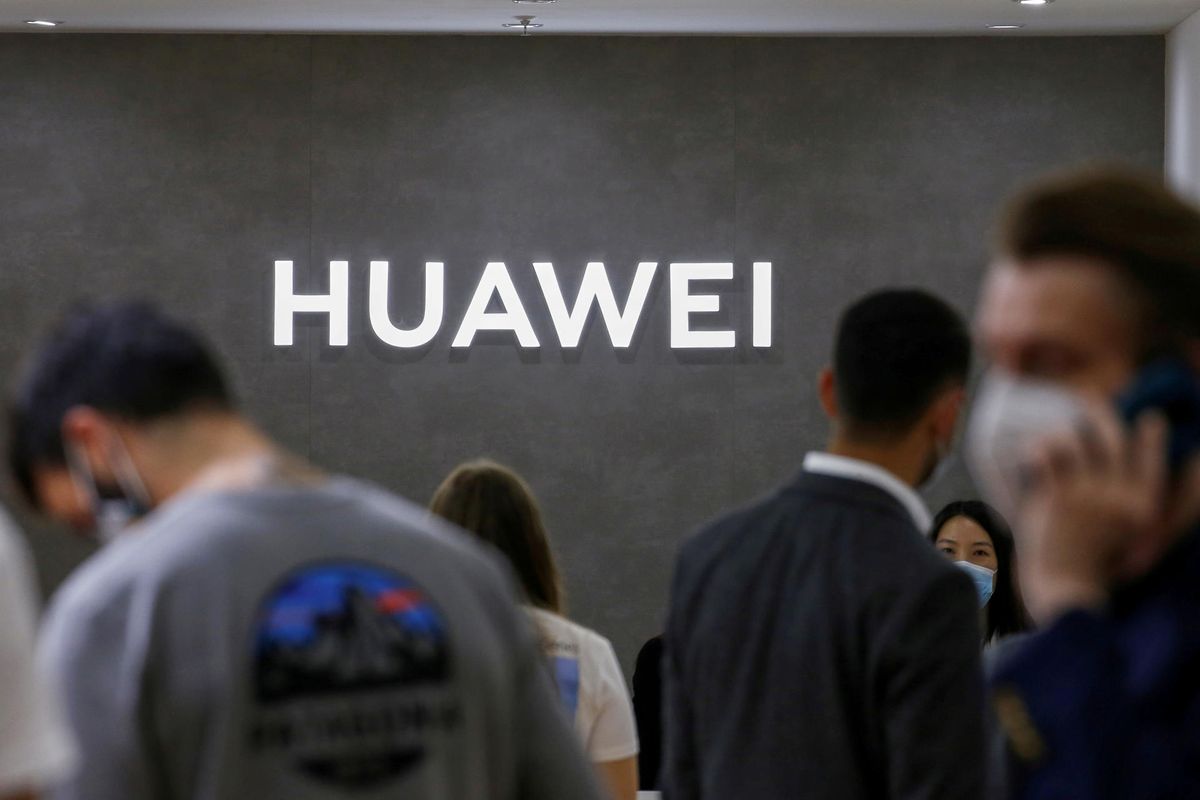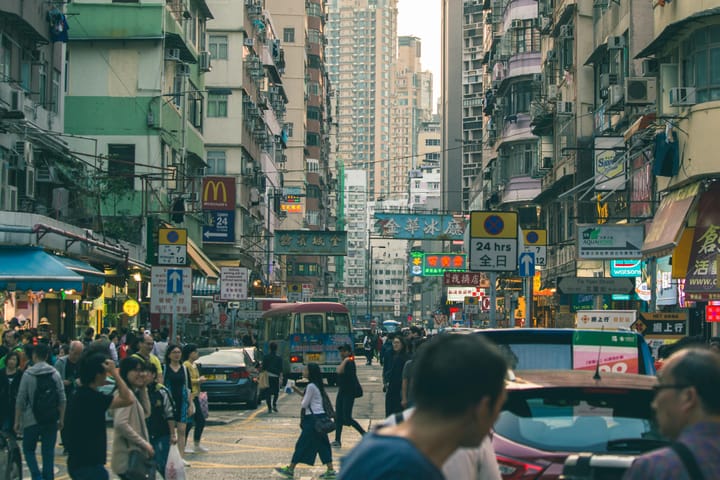After a difficult 2020, where is Huawei now?

A few minutes every morning is all you need.
Stay up to date on the world's Headlines and Human Stories. It's fun, it's factual, it's fluff-free.
Now, after a long year of uncertainty and instability for Huawei, it appears the company’s woes are still not at an end.
Huawei Technologies Co. is one of a number of Chinese companies that has come under intense pressure in 2020.
The Chinese telecoms and smartphone giant has been targeted by the Trump administration for allegedly installing “backdoors” into its 5G network infrastructure.
As a result, authorities in the United States have claimed that Huawei’s operations pose a national security risk to countries in which it provides its networking services.
In response, Huawei has not only been forced to contend with a worldwide pandemic that has seen demand for smartphones drop, it has also been confronted with escalating geopolitical pressure in the ongoing standoff between the US and China.
While the Trump administration is on its way out, these pressures may be more long-term. Huawei has faced slowing growth, a drop in smartphone sales and efforts by western governments to freeze its tech out of emerging 5G networks.
Now, after a long year of uncertainty and instability for Huawei, it appears the company’s woes are still not at an end.
Huawei’s troubles
The escalation of geopolitical tensions between the US and China has been most unwelcome for Huawei.
In May 2019, the Chinese tech giant was placed on the US Treasury Department’s “Entity List,” meaning US firms were unable to sell technology to the company without US government approval.
And in May 2020, export rules were amended to block shipments of US semiconductor technology, crucial components at the core of most modern devices, to Huawei.
The US has also engaged in a worldwide campaign to persuade allies to block Huawei from their 5G networks. This campaign has been especially damaging to Huawei, which, alongside LM Ericsson and Nokia Corporation, is one of the biggest providers of 5G technology and networking in the world.
In July, the United Kingdom announced that telecom providers in the country would be banned from buying 5G equipment from Huawei, effective at the end of the year, adding that all the company’s technology must be removed from the country’s networks by 2027.
Difficulties continue
Although it has dominated headlines, Huawei has not gained respite from the chaos surrounding the US presidential election. In many senses, its struggles have only just begun.
In October, Huawei announced slowing growth as part of its earning results for the 2020 fiscal year.
The Chinese telecoms and smartphones giant announced that its “production and operations face significant challenges,” partly as a result of the coronavirus pandemic but, more likely, as a result of US-led sanctions on its business.
For the first three quarters of 2020, Huawei reported revenue of around US$100 billion, an increase of 9.9% year-over-year, with a profit margin of 8%. Though these figures look good on paper, they pale in comparison to past results. At the end of the last fiscal year, Huawei had reported growth of some 24.4%.
Though Huawei’s earning results referred to the challenge COVID-19 has placed on the “global supply chain,” US-led sanctions have, undoubtedly, played a significant part in the company’s slowing growth.
The US has sought to cut off Huawei’s supply of crucial semiconductor chips by banning the export of semiconductors to the Chinese-owned company.
Huawei’s chip division, HiSilicon, has enough capability to design its “Kirin” series of smartphone chips, but the actual production of these chips must be outsourced to other companies, most notably, Taiwan Semiconductor Manufacturing Company Limited. The US ban on the export of semiconductors has cut into this crucial relationship.
This has had a direct impact on Huawei’s ability to produce smartphones – a significant percentage of its business. Richard Yu, the head of Huawei’s consumer business, referred to these difficulties during the launch of Huawei’s new Mate 40 series, stating that the company is “in a very difficult time” but is still “committed to innovate for all mankind, no matter if rain or shine.”
This difficulty in sourcing core components of its smartphones has had a massive impact on the market’s confidence in Huawei’s smartphone operations. According to Ben Stanton, an analyst at research firm Canalys, market analysts are “extremely nervous about whether Huawei will even be in the smartphone game two or three years from now.”
Indeed, there have already been signs that Huawei’s smartphone presence is receding under the pressure of growing sanctions.
In October, The Samsung Group once again topped charts for the most quarterly smartphone shipments. Samsung had briefly lost this title to Huawei as a result of a surge in Chinese sales in July, the first time neither Samsung nor Apple had topped quarterly sales charts.
Facing the crunch of sanctions, Huawei sold off its well-known Honor smartphone line. Honor – the more budget brand of Huawei smartphones – has been sold to a state-backed consortium formed by Shenzhen Smart City Technology Development Group Co.
According to a Huawei company statement, “this move has been made by Honor’s industry chain to ensure its own survival” as “Huawei’s consumer business has been under tremendous pressure as of late.” This pressure, the company stated, came directly from “a persistent unavailability of technical elements needed for our mobile phone business.”
According to the analysts TrendForce, for 2020, Huawei will account for some 14% of the global smartphone market, a healthy share. But, the analysts project, this share will drop to a cripplingly low 4% in 2021, largely as a result of the sale of Huawei’s Honor brand and the persistent pressure of US sanctions.
If Huawei had wanted to focus on its carrier network business, which is one of the company’s largest business segments, then 2020 has dished out even more bad news.
In October, Huawei was excluded from Sweden’s 5G network infrastructure by the Swedish Post and Telecom Authority, again, on national security grounds. The company protested the decision as a “draconic ban” and sought to appeal it in court.
Then, in November, the UK announced an acceleration of its efforts to purge Huawei technology from its rollout of 5G. The installation of 5G equipment from Huawei will be banned in the UK by the end of September 2021, with a US$333 million package announced to help diversify Britain’s wireless supply chain away from Huawei and to assist telecoms operators in doing so.
Things may only get worse, as some US sanctions have yet to come fully into effect, with certain companies, such as US semiconductor producer Qualcomm, having been given approval to continue selling semiconductor chips and other technology to Huawei, for the time being.
With President-elect Joe Biden also showing signs that he won’t immediately reverse the course set by President Donald Trump with regard to China, the hurt that Huawei is experiencing may yet be set to continue for some time.
Have a tip or story? Get in touch with our reporters at tips@themilsource.com




Comments ()